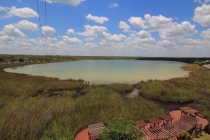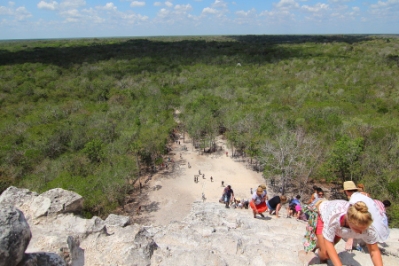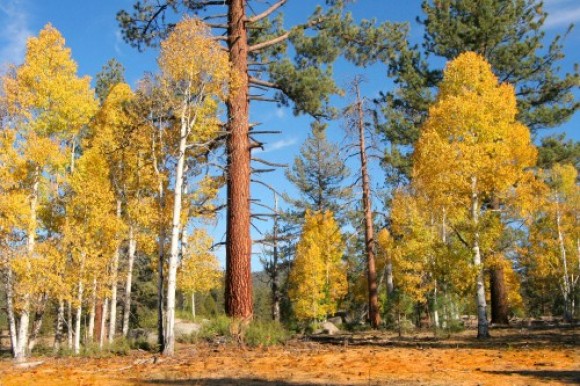The archaeological site of Coba exists in a world that has changed very little in the past 1000 years or more. So, it is still surrounded by a natural environment of jungle vegetation, tropical hardwoods, lagoons, vines, and wildlife as far as the eye can see. Although the cities origins date back to the year 600 A.D. it was abandoned after the Spanish conquered the Yucatan Peninsula around 1550. Evidently, Coba was located in such a remote area in those days that the Spanish never found the city which remained hidden in the jungle until 1842 when it was rediscovered by explorers.
Coba is an expansive site which is believed to contain apporximately 6500 structures that once supported an estimated 45,000 people. At this time, however, only a small portion of Coba has been cleared from the jungle and restored by archaeologists. This part consist of 6 separate areas called the Coba Group, the Nohoch Mul Group, the Pinturas Group, the Chumuc Group, the Macanxoc Group and the Uitzil Mul Group which are all connected by a system of dirt roads built over a 1000 years ago. To see the ruins in these different areas you can either walk, rent a bike or a chofer driven tricycle. If your visiting Coba in the summer months it would be best to rent a bike or chofer driven tricycle and save your energy for climbing the Nohoch Mul pyramid, tallest in the Yucatan peninsula at 138 feet. Images of this pyramid and some of Coba’s other attractions along with additional information can be found in the photo gallery below.





















